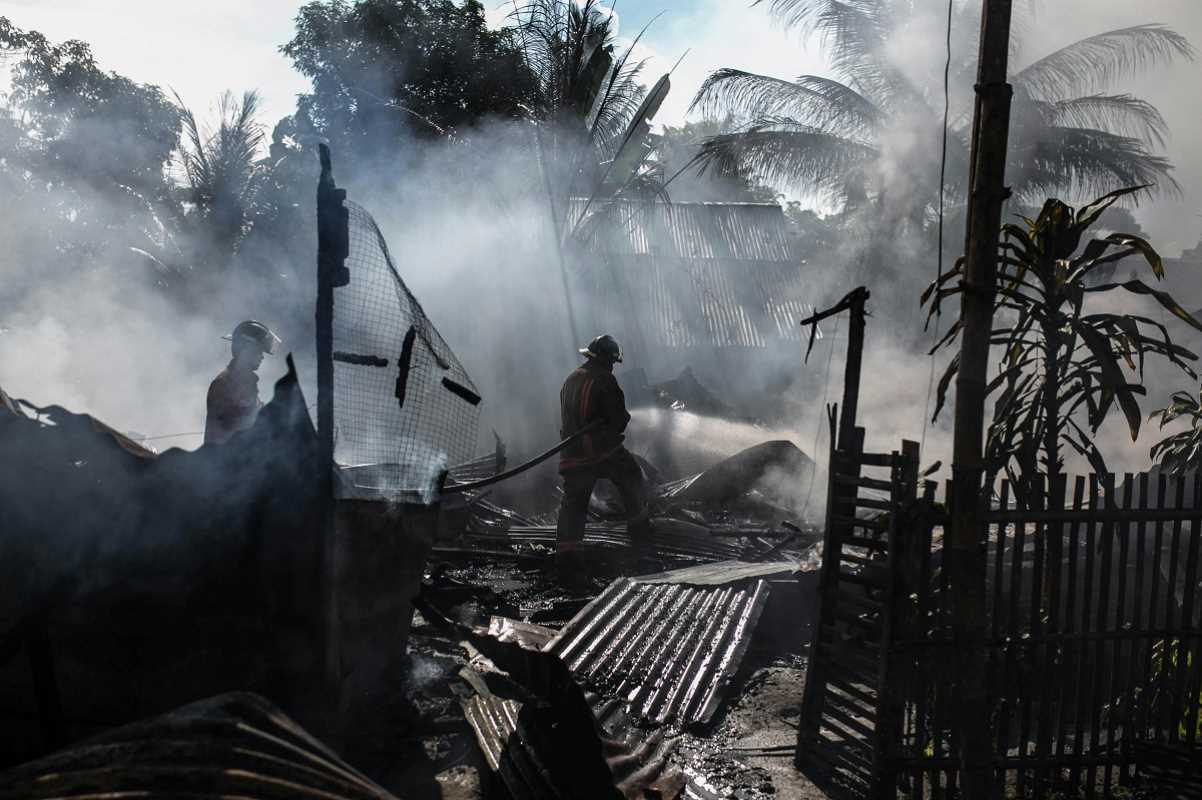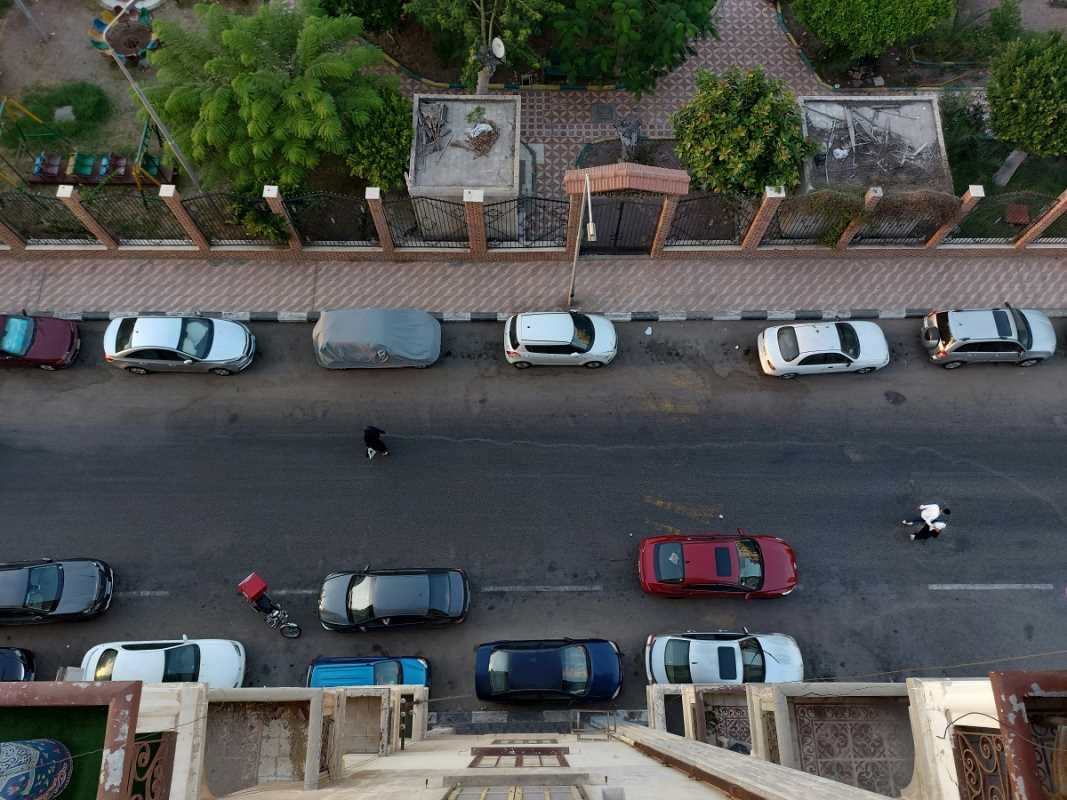Natural disasters can strike at any time, often without warning. While we can't control nature, we can control how well-prepared we are to face it. From floods to earthquakes, hurricanes to wildfires, every community has the ability to minimize damage, protect lives, and recover faster when disaster strikes. The key lies in preparation.
When communities come together to create emergency plans, build resilient infrastructure, and establish communication networks, they become better equipped to handle crises. By taking a proactive approach, we can empower individuals, families, and local governments to prepare for the unexpected and build stronger, more resilient communities.
Why Disaster Preparedness Matters
Disasters don’t just impact the physical environment; they also disrupt lives, scatter families, and affect the local economy. Preparedness helps minimize these effects by reducing risks and ensuring quick recovery. Here's why a community-level approach is essential:
- Shared Vulnerabilities: Natural disasters don’t choose their victims. Whether you’re a business owner, a teacher, or a retiree, disasters affect everyone in the community. By working together, communities can identify their shared vulnerabilities and address them more effectively.
- Collective Strength: A community with a comprehensive disaster preparedness plan can pull its resources together, from financial support to human capital. Strong networks often lead to quicker recovery than individuals tackling challenges alone.
- Prevention of Chaos: Planning ahead reduces panic. When people know what to do and where to go, confusion is minimized, which can save lives and reduce injuries.
Key Elements of Disaster Preparedness
Planning for disasters isn’t a one-size-fits-all approach. Each community has its own unique challenges and needs. That said, three core elements form the foundation of effective disaster preparedness:
1. Emergency Plans
Every community needs an action plan that outlines roles, responsibilities, and procedures during an emergency. An effective emergency plan should include:
- Evacuation Routes: Clearly marked and communicated routes help residents get to safety efficiently.
- Shelters and Safe Zones: Designated areas for shelter should be accessible, well-stocked, and capable of accommodating those in need. Partnering with schools, churches, or gyms to serve as shelters is common.
- A Chain of Command: Assign clear leadership roles to avoid confusion during a crisis. Appoint community leaders to coordinate efforts with emergency responders and local officials.
- Individual and Family Plans: Encourage families to create their own emergency kits and know evacuation procedures. Each household should have a grab-and-go bag with essentials like water, non-perishable food, medications, and important documents.
2. Resilient Infrastructure
Buildings, roads, bridges, and utilities need to withstand potential disasters. Investments in disaster-resilient infrastructure greatly reduce the economic and human toll.
- Stronger Buildings: Retrofitting schools, hospitals, and homes to withstand earthquakes or high winds saves lives. Using advanced materials and construction techniques can make a big difference.
- Flood Management: For flood-prone areas, infrastructure like levees, dams, and improved drainage systems can offer protection.
- Backup Utilities: Having backup power supplies, water sources, and communication systems allows essential services to function when the grid goes down.
3. Communication Networks
Effective communication is the backbone of disaster preparedness. Information must flow quickly and clearly, from officials to residents.
- Neighborhood alert systems via text, email, or sirens can warn people of incoming danger.
- Social media platforms can be used to disseminate real-time updates.
- Community bulletin boards or physical mailers can provide disaster preparedness information in advance.
Actionable Steps to Prepare
Disaster readiness requires effort on multiple levels. Here’s what individuals, families, and local governments can do to prepare:
What Individuals and Families Can Do
- Build a Disaster Kit: A basic emergency kit with enough supplies to last at least 72 hours is a must. Include water, food, a flashlight, batteries, a first-aid kit, essential medications, and copies of important documents. Don’t forget to pack items for pets, infants, or seniors.
- Learn Basic Skills: Knowing how to turn off gas lines, administer first aid, or perform CPR can save lives. Encourage your family to attend community workshops or take online courses.
- Stay Connected: Sign up for local emergency alerts and make sure your family knows where to gather if you get separated. Agree on a communication plan (texting is often more reliable than calling in emergencies).
How Communities Can Take Action
- Host Preparedness Workshops: Educational workshops hosted by local governments or nonprofits can help residents understand what to do before, during, and after a disaster. These workshops can include hands-on training for emergency kits or drills for evacuation plans.
- Conduct Community Drills: Plan mock disaster drills for schools, workplaces, and neighborhoods. Drills reveal gaps in preparedness and help everyone know their role during an emergency.
- Support Vulnerable Populations: Ensure that elderly residents, people with disabilities, and low-income families receive the support they need. Simple measures, like checking in on neighbors before a storm or helping them evacuate, go a long way.
- Collaborate with First Responders: Engage with local firefighters, police, and EMTs to better understand emergency protocols. Building connections with these professionals ensures smoother coordination during actual disasters.
What Local Governments Can Do
- Invest in Hazard Assessments: Use data to understand the area's vulnerability to specific disasters. Regularly update risk maps and prepare the community for the most likely scenarios.
- Strengthen Infrastructure: Prioritize funding for resilient infrastructure, like elevation of flood-prone roads or fire-resistant community buildings. Partner with engineers and urban planners to create long-term solutions.
- Create Community Emergency Response Teams (CERTs): Train volunteers to support emergency responders during disasters. CERTs can assist with evacuations, provide first aid, and offer emotional support during recovery efforts.
- Establish Strong Communication Channels: Create official communication platforms (e.g., emergency apps, text alert systems) to keep residents informed.
The Role of Collaboration and Education
At the heart of preparedness lies collaboration. It’s not just government, individuals, or businesses working in isolation; it’s a unified effort. When everyone is educated and plays their part, communities can rise above challenges and recover stronger than before.
Education is perhaps the most powerful tool in disaster resilience. By raising awareness, dispelling myths, and training individuals, we create communities that can adapt and protect themselves.
Disasters are inevitable, but how we handle them depends on what we do today. By preparing emergency plans, building stronger infrastructure, and staying connected, we can protect lives, minimize losses, and bounce back more quickly.
 (Image via
(Image via





